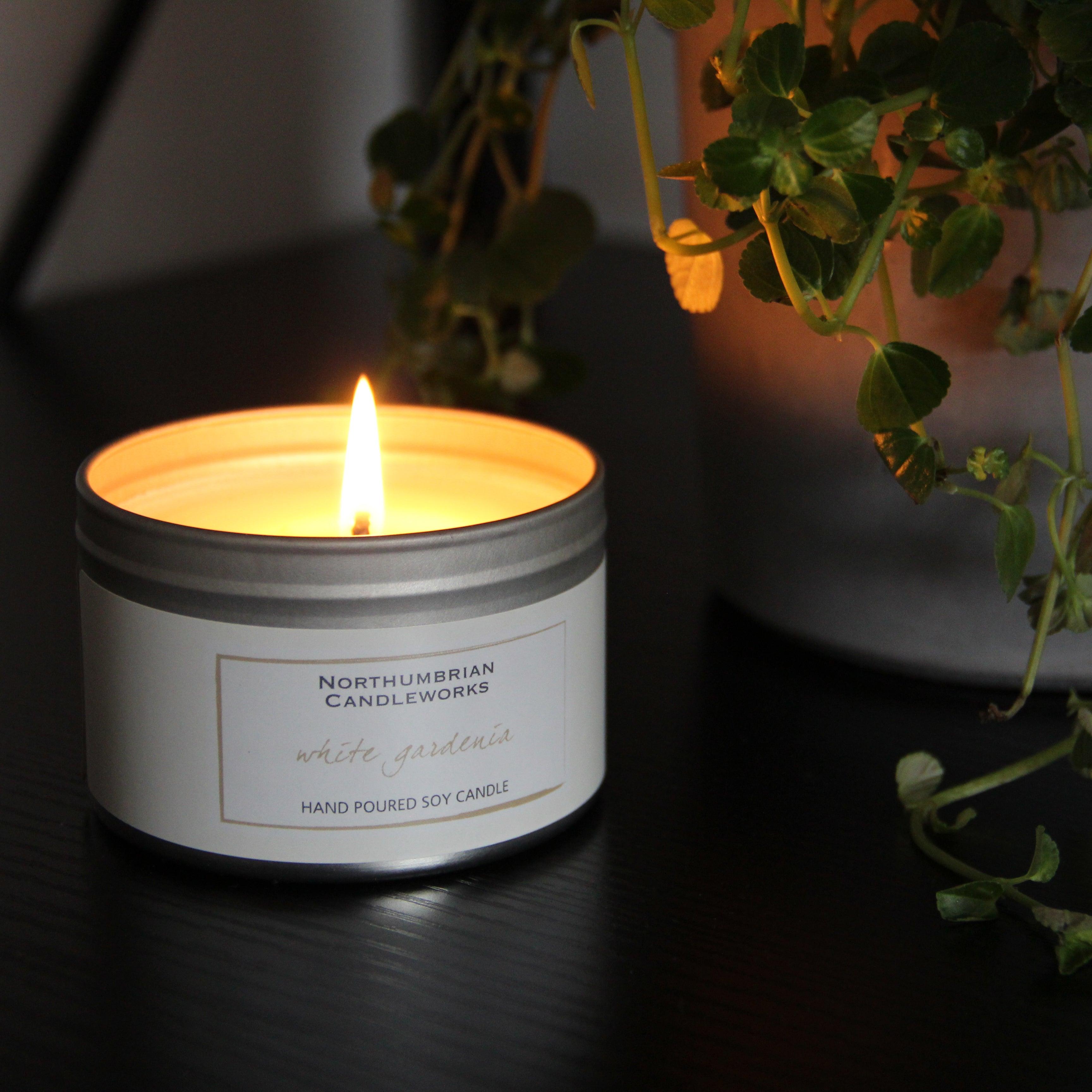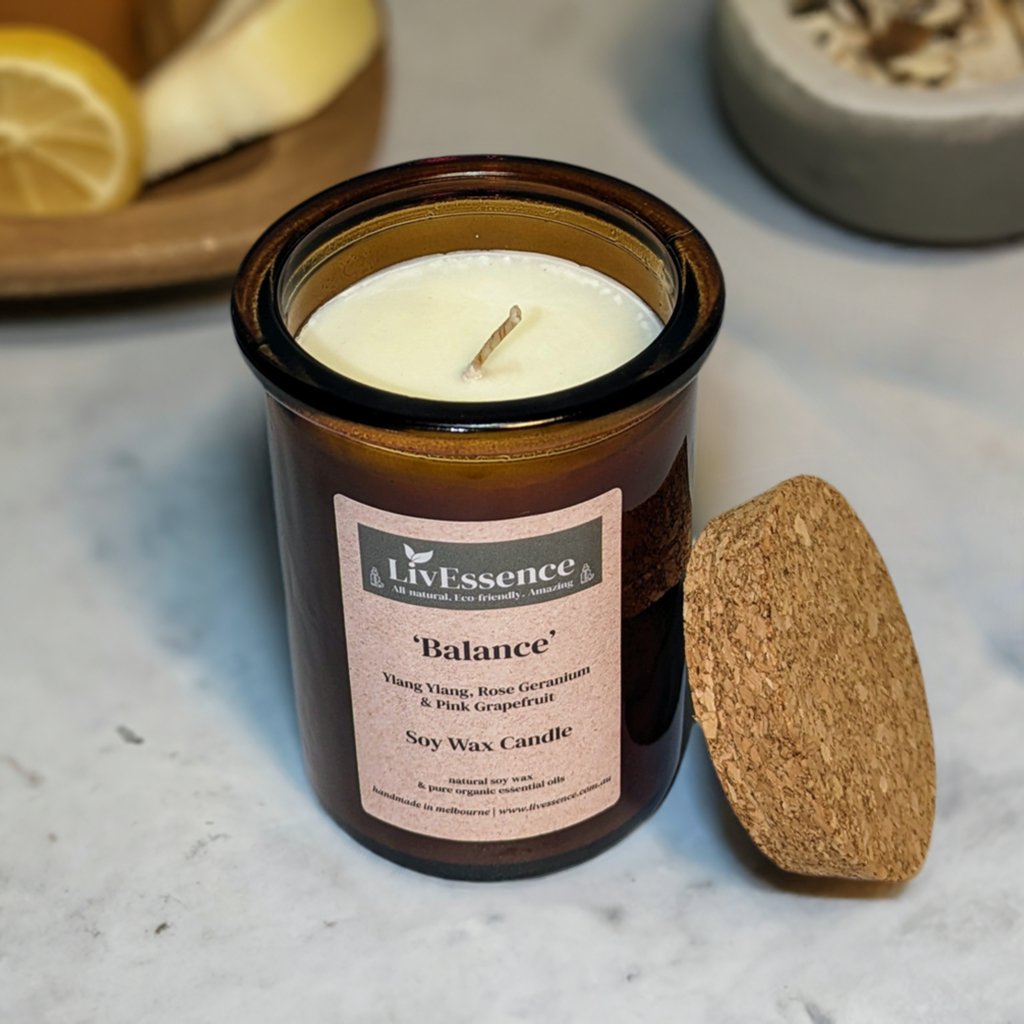Infuse Your Home with the Fragrance of Crystal Soy Candles and Home Fragrance
Infuse Your Home with the Fragrance of Crystal Soy Candles and Home Fragrance
Blog Article
From Wick to Wax: Recognizing the Chemistry Behind Soy Wax Candles and Their Ecological Effect
As we illuminate our rooms with the warm glow of candles, there exists a realm of complex chemistry behind the seemingly basic act of lighting a soy wax candle light. The option in between soy and paraffin wax extends past plain aesthetic appeals, diving into the world of environmental effect and the really composition of the products. Understanding the molecular structure of soy wax and its burning process loses light on the emissions launched into our surroundings. Join us as we unravel the clinical ins and outs behind soy wax candle lights and discover their ramifications on our atmosphere.
Soy Wax Vs. Paraffin Wax
When contrasting soy wax and paraffin wax for candle light production, it is vital to recognize the distinct qualities and advantages of each product. Soy wax is an all-natural, eco-friendly resource obtained from soybean oil, making it environment-friendly and eco-friendly - candles. On the other hand, paraffin wax is a byproduct of oil refining, which elevates problems about its environmental impact and sustainability
Soy wax candle lights shed cleaner and give off less residue contrasted to paraffin wax candles, making them a healthier selection for indoor air high quality. Furthermore, soy wax has a lower melting factor, permitting a longer-lasting candle that disperses scent extra effectively. Paraffin wax, on the various other hand, often tends to melt faster and less cleanly, possibly launching dangerous chemicals right into the air.
From a sustainability point of view, soy wax is favored for its biodegradability and renewable sourcing, lining up with the growing customer choice for ecologically conscious products. While paraffin wax has actually been a traditional selection in candle making due to its price and convenience of usage, the change towards environment-friendly options like soy wax is acquiring energy in the market.
Chemical Composition of Soy Wax

Combustion Process in Soy Candles
The chemical make-up of soy wax straight influences the burning process in soy candle lights, affecting factors such as melt time, fragrance launch, and environmental impact. When a soy candle light is lit, the warm from the flame melts the wax near the wick.
The combustion effectiveness of soy candle lights is affected by the purity of the soy wax and the top quality of the wick. In addition, soy wax candles have a lower ecological influence compared to paraffin candle lights due to their renewable and naturally degradable nature.

Ecological Benefits of Soy Wax

Taken into consideration a sustainable choice to typical paraffin wax, soy wax uses noteworthy ecological advantages that make it a preferred option among eco-conscious customers. Soy wax burns cleaner and generates much less residue than paraffin wax, contributing to much better interior air high quality and lowering the need for cleansing and upkeep. Overall, the environmental advantages of soy wax align with the growing need you could try this out for sustainable and green items in the market.
Recycling and Disposal Considerations
Reusing and correct disposal of soy wax candle lights play a crucial role in preserving environmental sustainability and reducing waste in households and neighborhoods. When it comes to recycling soy wax candles, the initial action is to make certain that the candle has burned entirely.

In terms of disposal, if recycling is not an option, soy wax candle lights are naturally degradable and can be safely thrown away in a lot of home waste systems. Nevertheless, it is constantly suggested to consult neighborhood reusing centers or waste management solutions for certain guidelines on candle disposal to make certain correct handling and ecological defense.
Conclusion
In conclusion, the chemistry behind soy wax candle lights discloses their environmental advantages over paraffin wax candle lights. Soy wax, stemmed from soybean oil, burns cleaner and creates less soot when compared to paraffin wax. The combustion process in soy candle lights is more effective, leading to a longer and more also melt. Additionally, soy wax is naturally degradable and sustainable, making it a much more lasting option for candle light production. Reusing go to this site and appropriate disposal of see soy wax candle lights further contribute to their ecological impact.
When contrasting soy wax and paraffin wax for candle light making, it is essential to comprehend the distinctive characteristics and advantages of each material (soy wax candles).Soy wax candles shed cleaner and emit less residue contrasted to paraffin wax candle lights, making them a healthier choice for interior air high quality.Considered a sustainable alternative to standard paraffin wax, soy wax offers remarkable ecological benefits that make it a popular choice among eco-conscious customers. Soy wax burns cleaner and generates much less residue than paraffin wax, adding to far better indoor air high quality and lowering the demand for cleansing and upkeep.In conclusion, the chemistry behind soy wax candles exposes their environmental advantages over paraffin wax candles
Report this page